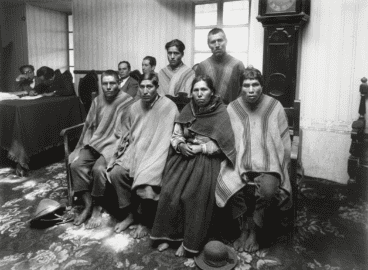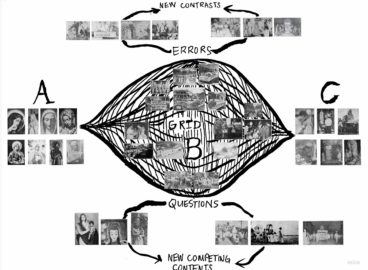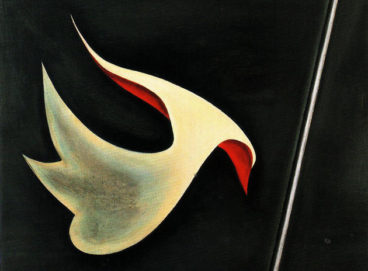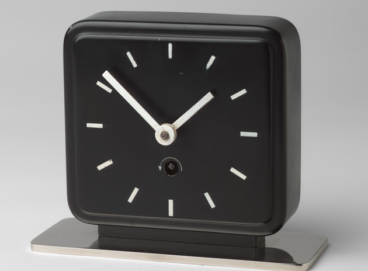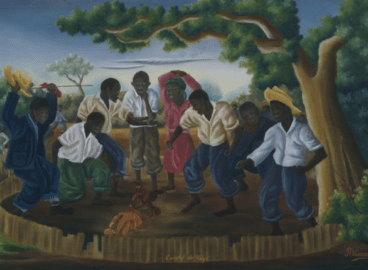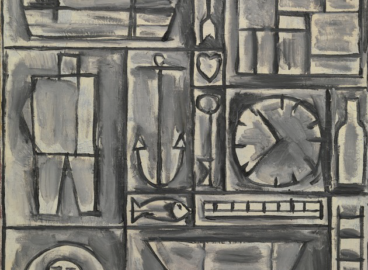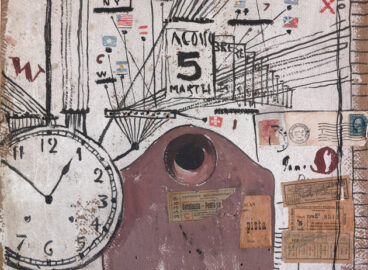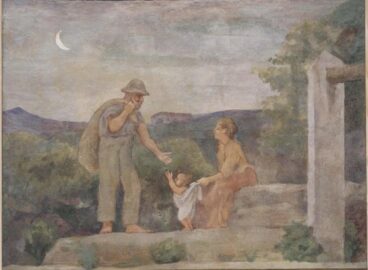Imagining Filmistan: Urdu Magazines and the Film Bazaar in Twentieth-Century India
Bombay cinema looms large over media and cinema studies in India even though the history of the Bombay film industry is more recent than the history of film culture in the Subcontinent. The Bombay film industry as we know it today consolidated during the 1950s in the wake of the massive political and economic restructuring…


